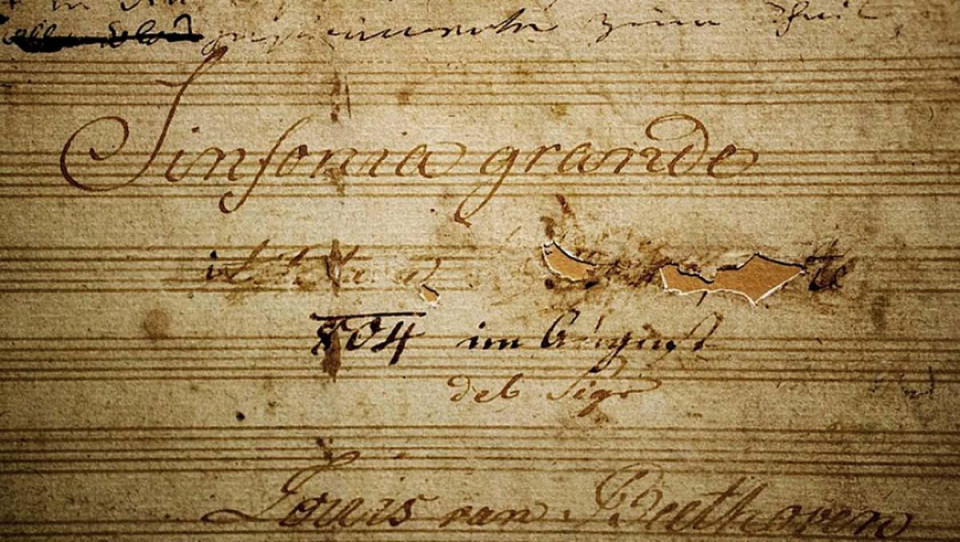From the moment it begins Beethoven’s Eroica demands the listeners attention.
A celebrated work, Eroica is famous for its original dedication to Napoleon Bonaparte. Beethoven admired Bonaparte. He identified with the general who he considered to be a self-made man who fought for freedom, justice and equality… at least in the early years. He applauded the Frenchman’s courageous leadership and praised Bonaparte’s restoration of order in post-Revolutionary France.
That was of course until the leader, Beethoven’s hero, began (in the words of Sir Andrew Davis) “invading everywhere and being a general sort of tyrant!”
Beethoven began to deplore Bonaparte’s continual wars of conquest and when the controversial French leader had himself crowned Emperor, Beethoven angrily removed the dedication –so hard in fact, he left a hole in the score.
Whatever the degree of influence Bonaparte really had on its composition the powerful, liberating, and heroic nature of the Third Symphony is unmistakable.
Beethoven uses each movement to depict a particular moment in the Frenchman’s life. The first movement is a reflection of the heroic struggles Napoleon faced, before anticipating what would happen to this world upon his death with the second movement’s funeral march. The third and fourth movements were somewhat a prediction; a demonstration of how Napoleon’s legacy and spirit would have continued on.
It’s a no wonder this piece was originally titled, Bonaparte.
The story behind the Eroica is that of symphonic legend; a musical tale unlike any other, and one not to be missed.
